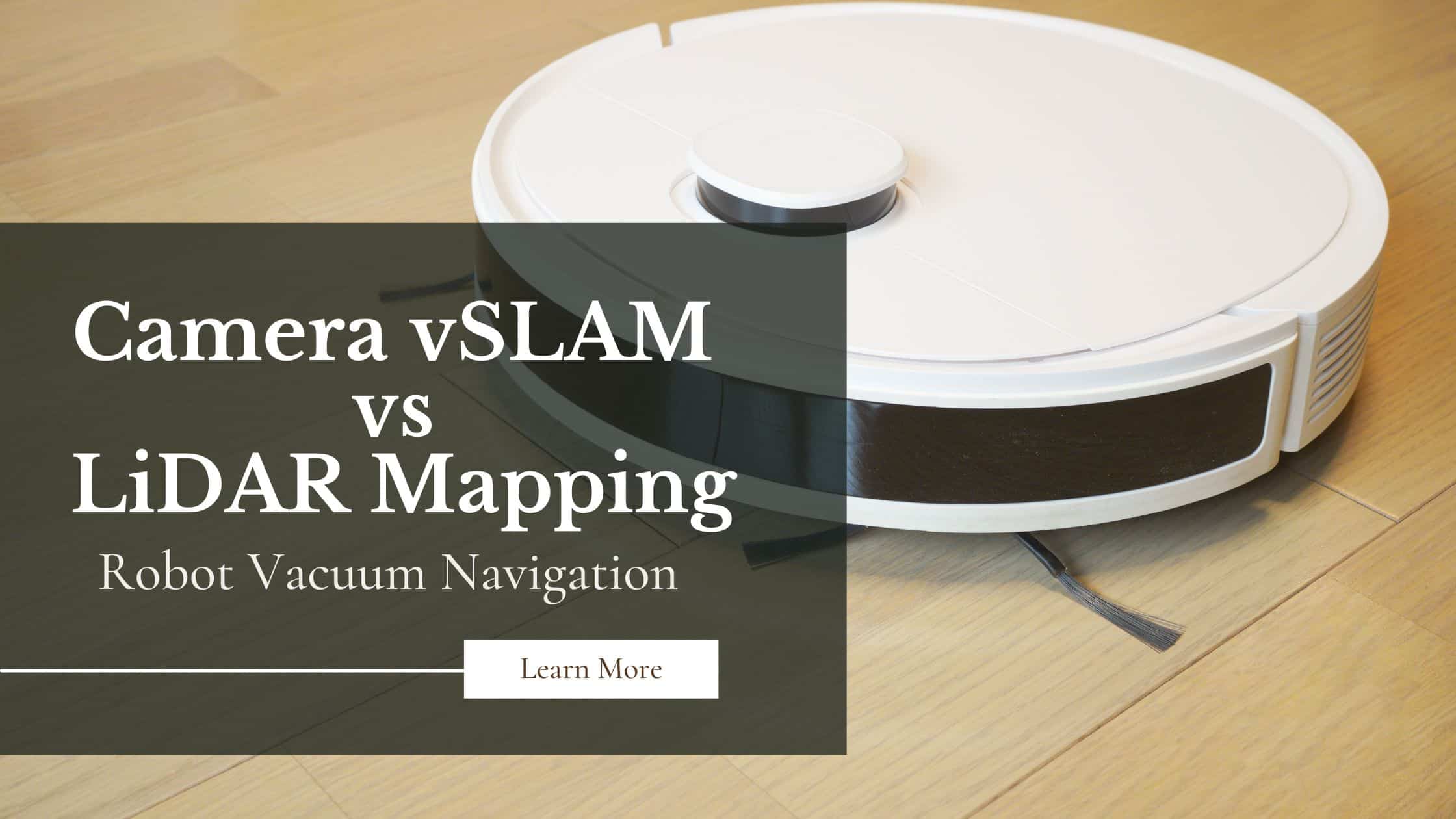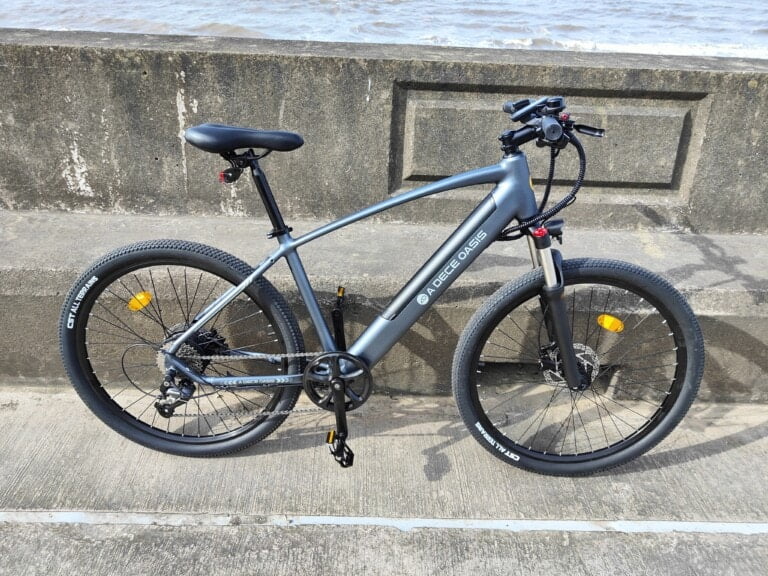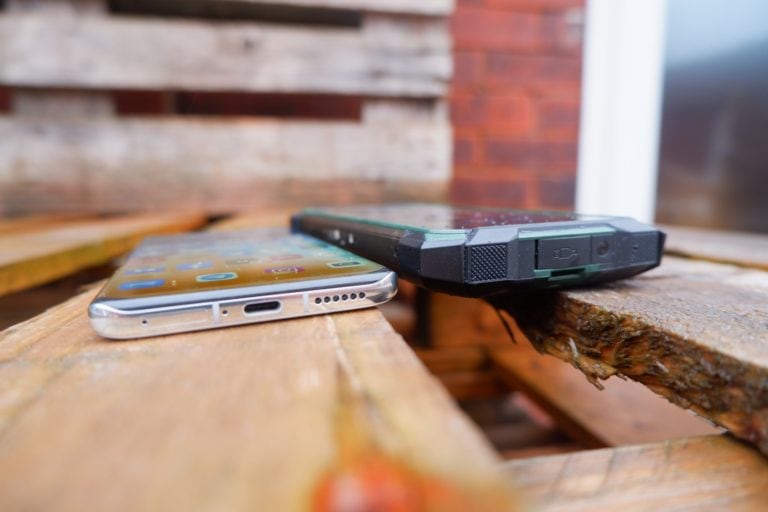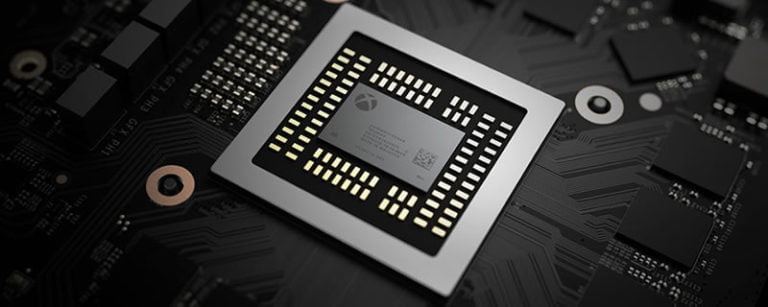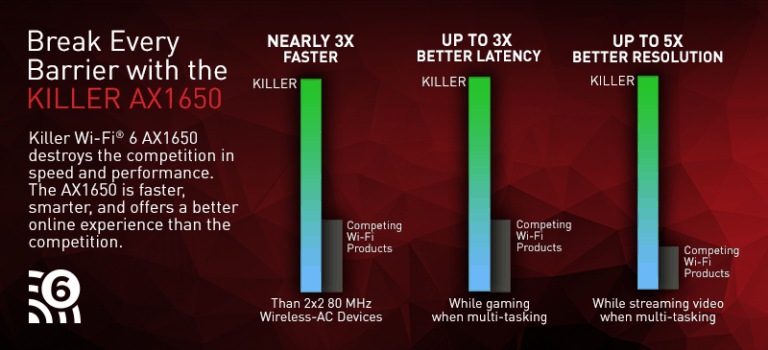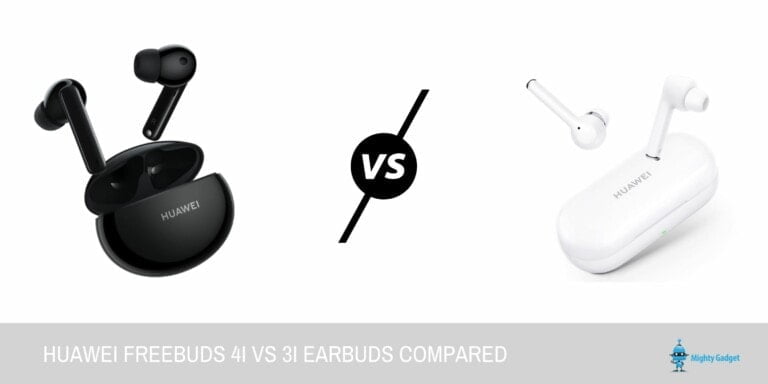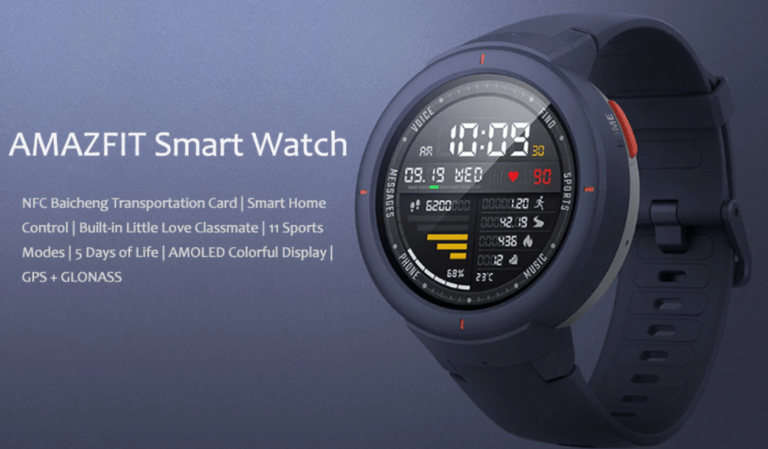Any links to online stores should be assumed to be affiliates. The company or PR agency provides all or most review samples. They have no control over my content, and I provide my honest opinion.
In the increasingly crowded marketplace of robot vacuums, the technologies that power these nifty devices have become more advanced and varied. When it comes to navigation and mapping—key features that differentiate a sophisticated robot vacuum from a glorified dustpan—two technologies seem to stand out: Camera vSLAM and LiDAR Mapping. As someone who has dived deep into smart home technologies and computer networking, I’ve had the privilege of testing and dissecting how these technologies differ and how each fares in real-world scenarios. Let’s dig into the details.
The Basics of Camera vSLAM
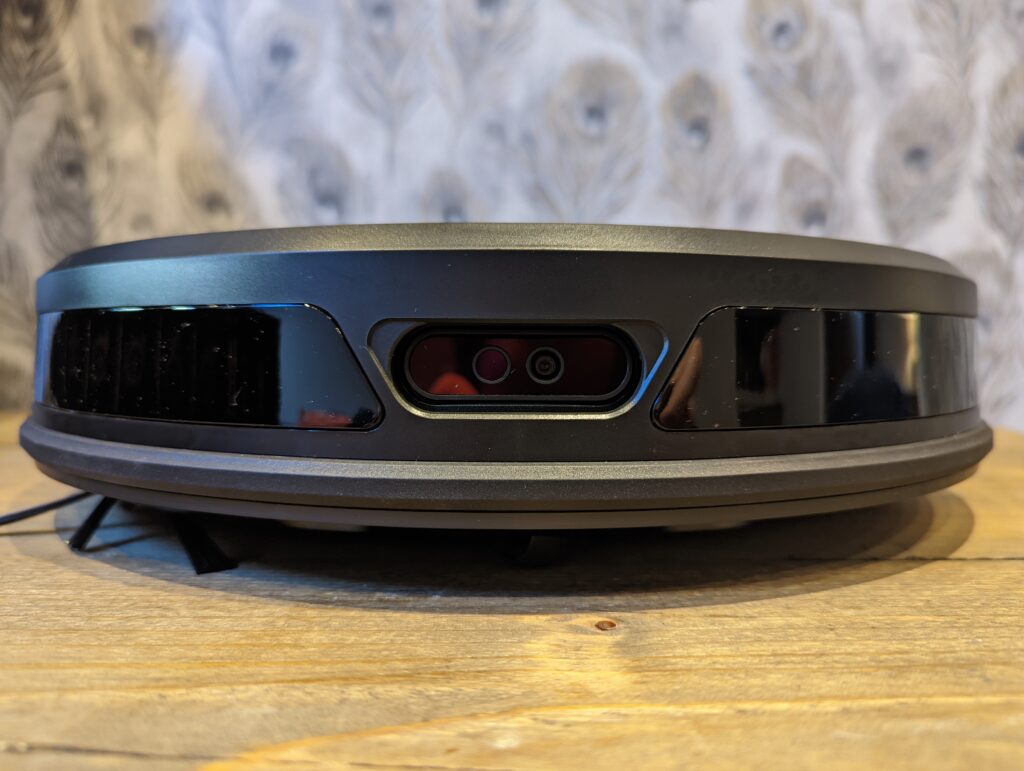
Visual Simultaneous Localisation and Mapping, or vSLAM, utilises a camera to capture its surroundings. Unlike traditional SLAM, which often requires an array of different sensors, vSLAM relies primarily on optical data. As your robot vacuum moves around the room, it takes continuous images, stitching these snapshots together to create a digital map.
How It Works
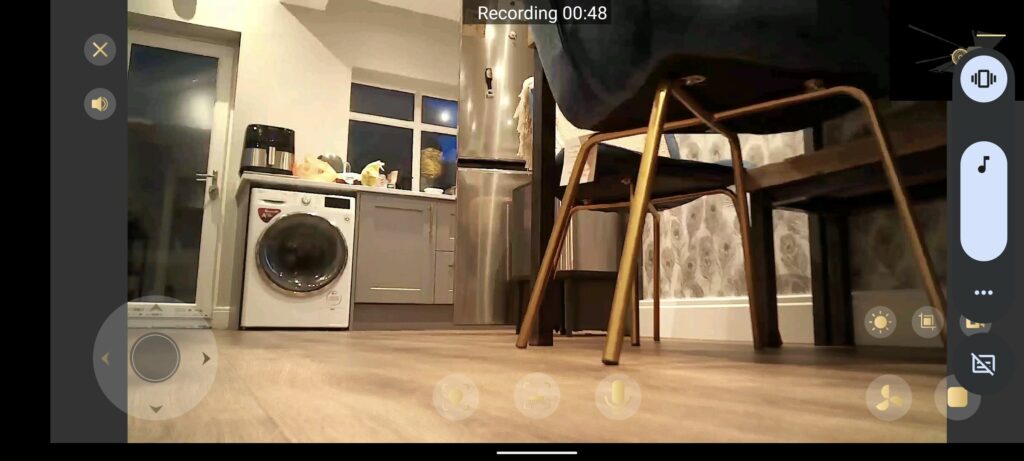
In essence, vSLAM combines real-time localisation techniques with back-end mapping. It’s all about using live data to both navigate through a space and simultaneously update the map it’s creating. While doing this, vSLAM uses algorithms to recognise landmarks within these images, which helps the robot understand its position relative to its environment. The approach is a bit like how we humans recognise our surroundings through visual cues.
Advantages and Limitations
One of the main advantages of vSLAM is its generally lower manufacturing cost. Cameras are relatively inexpensive compared to some other sensors, making vSLAM a common feature in mid-range robot vacuums. However, this method can struggle in low-light conditions and can sometimes get confused by mirrors or reflective surfaces.
Example Robot Vacuums Using vSLAM
Robot vacuums with vSLAM are not as common as LiDAR but there are still plenty of excellent options.
While there may not be many options with vSLAM, it is worth noting that iRobot is by far the dominant brand in the market. In the past, they exclusively used vSLAM on their robots. Examples include:
- iRobot Roomba S9 (and its variations)
- iRobot Roomba i7+
- iRobot Roomba j7+
I have reviewed:
- Trifo Lucy Robot Vacuum Review (which can also be used as a security camera)
Delving Into LiDAR Mapping
LiDAR, or Light Detection and Ranging, is another approach to mapping and navigation for robot vacuums. Unlike vSLAM, which uses optical images, LiDAR employs laser beams to measure distances.
How It Works
A LiDAR-equipped robot vacuum emits a series of laser beams in a 360-degree field. These beams bounce off objects and walls, returning to the vacuum. The time it takes for each laser to return allows the vacuum to calculate distances with impressive accuracy. These calculations are used to produce a detailed, two-dimensional map of the environment.
Advantages and Limitations
LiDAR tends to be more accurate than vSLAM, especially in challenging conditions like low light or highly reflective spaces. However, the technology can be costly to implement, often making these vacuums more expensive. There’s also the matter of aesthetics; some people find the ‘lighthouse’ LiDAR module atop the vacuum to be less visually appealing than the sleek designs of some camera-based models.
Example Robot Vacuums Using LiDAR
There are many excellent robot vacuums that use LiDAR, and this seems to be the most common technology. There are a lot of options on the affordable end of the spectrum, too.
I have reviewed:
Comparative Analysis: vSLAM vs LiDAR
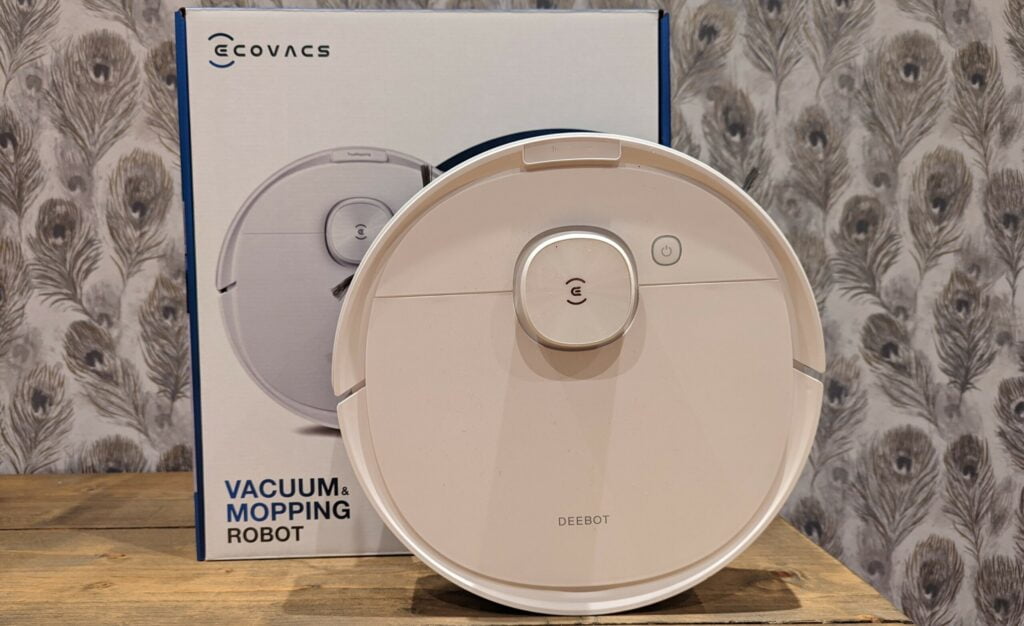
Performance Metrics
In terms of mapping accuracy and speed, LiDAR typically outperforms vSLAM. This is especially true in spaces with variable lighting or lots of obstacles. However, for simpler environments and in well-lit conditions, vSLAM can hold its own fairly well.
Cost Factor
If budget is a concern, you might find a vSLAM-equipped model to be more in your range. The trade-off here is in performance capabilities, but depending on your specific needs, this may be an acceptable compromise.
Flexibility and Future Adaptability
Both technologies are continually evolving, with software updates potentially enhancing performance and features. However, vSLAM, being software-based, has a theoretical edge in adaptability, as improvements can be implemented without needing to change the hardware.
Hybrid vSLAM and LiDAR Robot Vacuums
A growing number of robot vacuums use both vSLAM and LiDAR. You even have brands like Eufy that claim to have four sensors. I think the RGB camera, infrared radiation sensors, and 3-dimensional time-of-flight sensor are combined to form an advanced form of vSLAM, then a dedicated Lidar sensor.
Advantages
One of the primary advantages of using both vSLAM and LiDAR is the improved mapping accuracy. While LiDAR can generate a highly accurate distance-based map, vSLAM can add an additional layer of visual context. This allows the robot vacuum to better understand its surroundings, potentially differentiating between types of furniture, pets, or even identifying specific rooms.
Each technology has its limitations. vSLAM can be less effective in poorly lit environments, while LiDAR might not fully understand the nature of an object. By combining them, the robot vacuum can potentially compensate for the limitations of one with the strengths of the other, resulting in more robust navigation.
Cost Factor
Robot vacuums with hybrid vSLAM, and LiDAR are on the premium end of the spectrum. All the models I can think of include multiple advanced features, such as mopping with a self-cleaning stations, and most can also self-empty the dustbin
Example Robot Vacuums Using Both vSLAM and LiDAR :
- Eufy Clean X9 Pro
- Roborock S7 Max
- Ecovacs DEEBOT OZMO X1, X1E & T10 Plus
Final Thoughts
When choosing between a robot vacuum with Camera vSLAM or LiDAR Mapping, consider the specific needs of your space, your performance expectations, and your budget. Both technologies have their merits and drawbacks, so your choice should hinge on what you find most important. Whether you prioritise the speed and accuracy of LiDAR or the cost-effectiveness and potential future adaptability of vSLAM, you’re investing in a technology that’s bound to make your life a bit easier—and your floors a bit cleaner.
I am James, a UK-based tech enthusiast and the Editor and Owner of Mighty Gadget, which I’ve proudly run since 2007. Passionate about all things technology, my expertise spans from computers and networking to mobile, wearables, and smart home devices.
As a fitness fanatic who loves running and cycling, I also have a keen interest in fitness-related technology, and I take every opportunity to cover this niche on my blog. My diverse interests allow me to bring a unique perspective to tech blogging, merging lifestyle, fitness, and the latest tech trends.
In my academic pursuits, I earned a BSc in Information Systems Design from UCLAN, before advancing my learning with a Master’s Degree in Computing. This advanced study also included Cisco CCNA accreditation, further demonstrating my commitment to understanding and staying ahead of the technology curve.
I’m proud to share that Vuelio has consistently ranked Mighty Gadget as one of the top technology blogs in the UK. With my dedication to technology and drive to share my insights, I aim to continue providing my readers with engaging and informative content.

